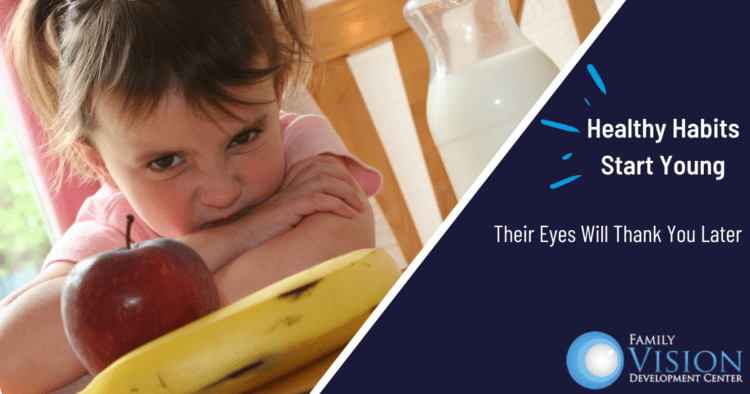

5 Simple Nutrition Tips for Healthy Vision
Taking steps to maintain healthy vision is an important part of taking care of your overall well-being. Thankfully, there are things you can incorporate into your everyday diet that can help you achieve this goal. For example, finding ways to add in the following nutritional supplements is a simple way to support your eye health while enjoying great food.
Omega-3 Fatty Acids
You may have heard that eating fish is good for your eyes. This is true, and it’s because many types of fish (like salmon, tuna, sardines or mackerel) are rich in omega-3 fatty acids. These essential fatty acids have been known to protect eyes from developing macular degeneration, diabetic retinopathy and dry eye syndrome, while enhancing proper visual development.
Vitamin A
Healthy vision is definitely enhanced with a diet rich in vitamin A. This important vitamin can help lower your risk of cataracts and macular degeneration and helps to maintain a clear cornea. Conversely, a deficiency in vitamin A can lead to dry eye, poor night vision or vision loss. Some good sources of vitamin A include eggs, cod liver oil, fortified skim milk, colorful fruits and vegetables and green, leafy vegetables.
Carotenoids
Carotenoids are naturally occurring pigments of yellow, orange and red produced by some plants and algae. Loaded with antioxidants, they are found in colorful fruits and vegetables like carrots, tomatoes, melons, plums, spinach and sweet potatoes. Studies have shown that carotenoids can promote overall healthy vision as well as protect the eyes from the harmful effects of blue light exposure.
Vitamin C
Vitamin C is an antioxidant found in some fruits and vegetables, and can provide tremendous benefits to your eye health. Studies have shown this vitamin to reduce the risk of developing cataracts, as well as slow the progression of age-related macular degeneration when taken with other nutrients. For healthy vision, add in more orange juice, strawberries, grapefruit, red and green bell peppers, broccoli or kale.
One More Healthy Vision Tip
An additional benefit worth noting is that eating healthy foods, like those mentioned above, can have a positive effect on a person’s overall weight – which can benefit their vision. For example, extra body fat and obesity-related diseases (such as diabetes) can negatively impact your eye health and can lead to higher instances of age-related macular degeneration. Therefore, maintaining a healthy weight can help to maintain healthy vision.
Of course, healthy vision starts with regular eye exams which allow us to get an overall assessment of your eye health and discover any changes as early as possible. At Family Vision Development Center, we believe in whole body wellness that extends beyond the eyes. Above all, we take pride in our one-on-one, personalized care that we offer to each patient. Contact us at 630-862-2020 or visit us online to learn more about our high-quality services or to make your appointment.

